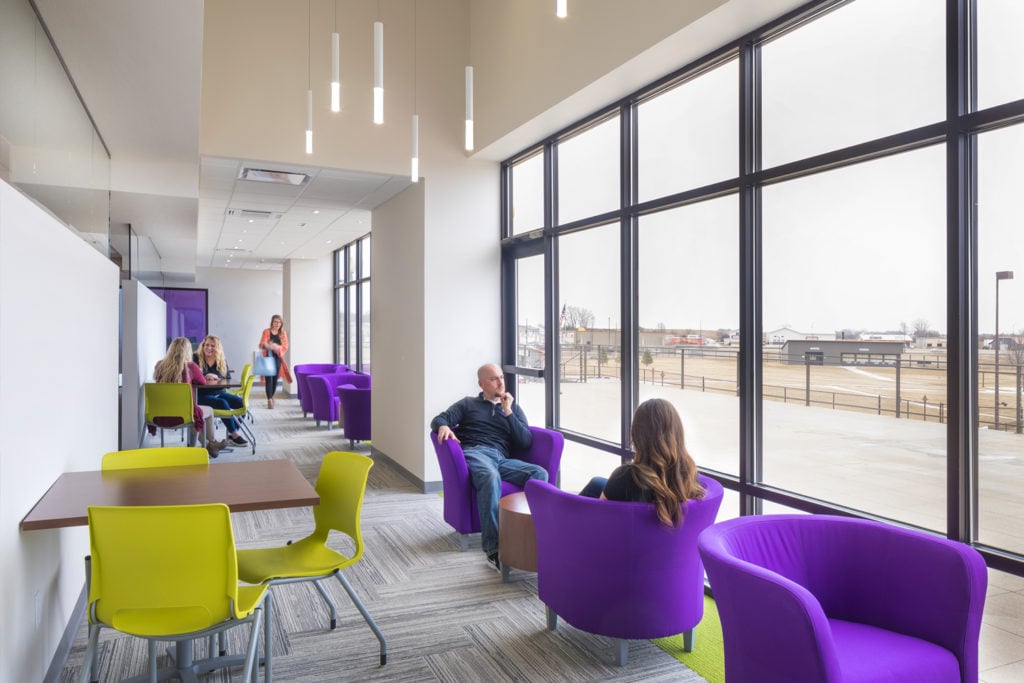Architecture that Matches Your Culture
Open workspaces with experimental furnishings may seem like little more than an aesthetic nod to trendy tech culture. But they actually represent much more than that. They are physical manifestations of the flat organizational charts that characterize many of the world’s most innovative companies. Armed with this paradigm, it may be worth your time to consider what your architecture says about your culture. Does it match, or is it dissonant? Even your furniture can indicate a more egalitarian culture. For example, if you’re designing for collaboration you may want to avoid L-shaped desks and instead consider desks that have co-workers sitting side by side; regardless of their position in the organization's hierarchy. This is both symbolic of an inclusive culture and often leads to increased collaboration and positive social interaction. While different organizations use a variety of different design solutions to encourage collaboration, this emphasis on increased collaboration reflects a new way of working for everyone—the shift from a linear mode of production to a more dynamic, digital one. This doesn’t exclude solo work; it embraces new ways of interacting in the workspace.
The Purpose of Purpose-Free Spaces
Purpose-free spaces such as lounges will encourage workers to do their thinking in the presence of other people, rather than alone. This is precisely the sort of behavioral transformation that architects aim for when designing communal spaces. In addition to enabling impromptu interactions that can change the dynamic between workers, they serve as a kind of blank slate, or a subtle invitation to create something new and different. They push for innovation.
Too Much of a Good Thing...
Although increasing collaboration has become a universal goal for many forward-thinking companies, you have to be careful not to be overly invasive in encouraging it. Architecture is nuanced and you don't want too much of a good thing. Companies should create workspaces that support a diverse range of working styles throughout the day. This balance between “me” vs. “we” space is one of the biggest issues that arise for companies as they seek to encourage more collaboration. This particular topic is something we discussed in more depth in a previous post titled, " Designing for Introverts & Extraverts." What's your take? Do you see the importance of designing more Social Architecture in the workplace?







